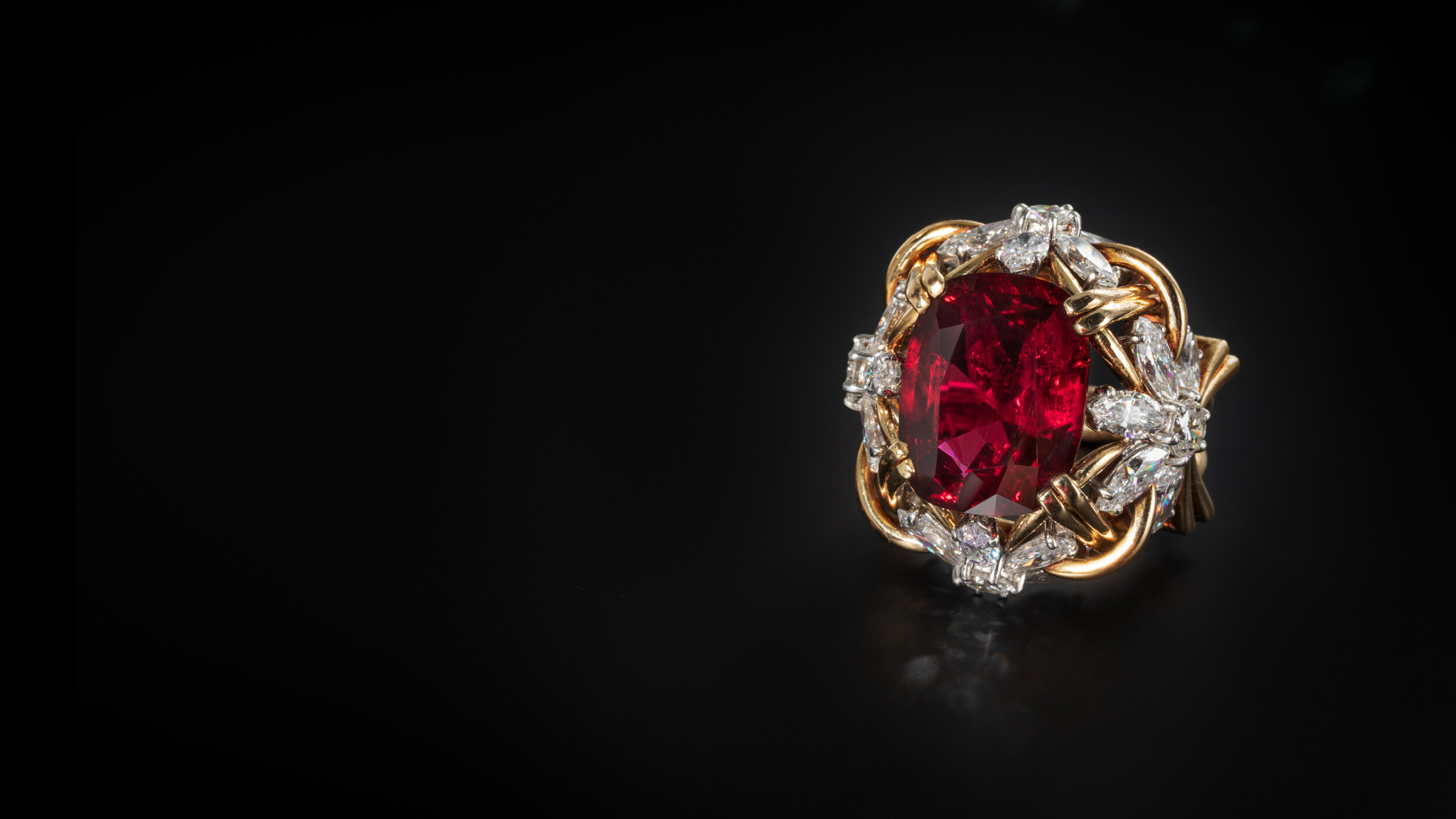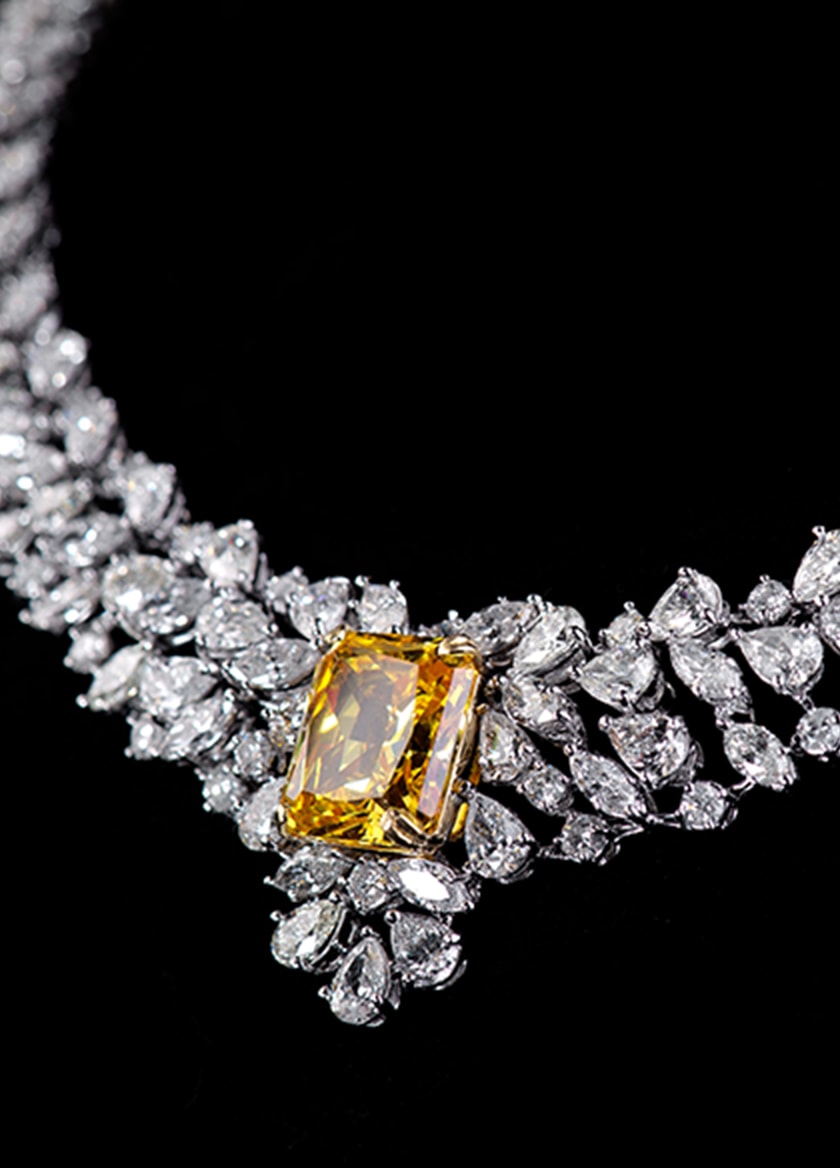Uncover the Rich Background Behind Stunning Estate Fashion Jewelry Collections
The expedition of estate jewelry collections uses a distinct window into history, revealing the elaborate partnership in between craftsmanship and cultural evolution (estate jewelry austin). Each item is not just an adornment but a testament to the artistic activities and societal values of its time, from the elaborate information of the Victorian period to the structured beauty of the Mid-Century Modern. As we take a look at these remarkable artifacts, we uncover stories that go beyond generations, triggering us to think about not just their appeal, yet the lives they have touched and the minutes they have experienced. What secrets might these collections still hold?
The Beginnings of Estate Precious Jewelry
Exactly how did estate fashion jewelry pertained to personify the rich background and creativity of bygone ages? The origins of estate precious jewelry can be traced back to numerous periods of craftsmanship, where precious jewelry was not simply a device however a reflection of social values, technological improvements, and imaginative expressions. Each piece informs a tale, frequently related to the lives of their previous proprietors, enveloping individual stories alongside historical contexts.
The term "estate jewelry" normally describes secondhand items, frequently from significant periods such as Victorian, Art Nouveau, or Art Deco. These items were created with thorough interest to detail, showcasing the ability of craftsmens who utilized materials like gold, silver, and precious gems. Unlike modern fashion jewelry, estate items commonly include distinct layouts that highlight the appearances of their time, thus functioning as tangible links to the past.

Remarkable Style Periods
Throughout background, numerous notable layout ages have substantially affected the development of estate precious jewelry, each identified by unique styles, products, and social contexts. The Georgian era (1714-1837) noted the beginning of detailed styles, frequently featuring nature-inspired motifs and making use of products like gold, silver, and gemstones set in elaborate settings. Following this, the Victorian age (1837-1901) introduced enchanting themes, with emotional precious jewelry and cutting-edge methods such as making use of enamel and cameos.
The Art Nouveau duration (1890-1910) commemorated natural kinds and the elegance of nature, making use of materials like opals and pearls in moving designs. This was been successful by the Art Deco period (1920-1939), which welcomed geometric patterns, bold colors, and elegant materials such as platinum and diamonds, mirroring the modernist spirit of the time.
The Mid-Century Modern period (1940-1960) showcased structured layouts and the use of unique products, emphasizing minimalism and capability. Each of these ages not only shows the artistic motions of their time but likewise envelops the societal worths and technological improvements that shaped precious jewelry design, making them a remarkable subject for chroniclers and collectors alike.

Famous Estate Jewelry Collections
The abundant history of estate fashion jewelry is magnificently exemplified by a number of popular collections that display the creativity and craftsmanship from numerous layout ages. One of one of the most well-known is the Cartier Collection, which reflects the deluxe and advancement of the legendary French jewelry expert. Parts from this collection usually include elegant gems and complex layouts, highlighting the brand name's commitment to great workmanship.
An additional significant collection is the Duchess of Windsor's precious jewelry collection, which makes up several distinct pieces, consisting of the iconic "Windsor" arm band. This collection not just exemplifies the style of the Art Deco period but likewise brings a rich story of love and loss, as it belonged to Wallis Simpson, who famously married Edward VIII.
The collection of the late starlet Elizabeth Taylor likewise stands out in the realm of estate fashion jewelry. With many pieces developed by renowned jewelry experts like Bulgari and Cartier, her collection symbolizes glamour and refinement, emphasizing her individual design and fondness for unique gemstones.
These popular estate fashion jewelry collections function as a testimony to the long-lasting appeal of great jewelry, using understanding right into the imaginative and social motions that formed their creation.
The Social Value
Estate jewelry collections hold extensive cultural relevance, showing not only the visual worths of their corresponding periods but additionally the historical and social contexts in which they were created. Each item commonly embodies the craftsmanship and artistic patterns of its time, showcasing the evolution of layout and innovation in precious jewelry making.
In addition, these collections act as substantial web links to social practices and routines. Wedding celebration bands and heirloom brooches might symbolize love and domestic bonds, while pieces embellished with certain gems can stand read what he said for regional or cultural identities. The products made use of-- whether gold, silver, or jewels-- frequently inform stories of trade, my link exploration, and the riches build-up of societies.
Furthermore, estate fashion jewelry can operate as historical artefacts, offering understandings into the lives of individuals and the societal standards they browsed. The method jewelry was worn and valued can expose much about gender duties, standing, and personal expression within differing social landscapes. Therefore, estate fashion jewelry transcends mere embellishment, functioning as a rich story of human experience, virtuosity, and cultural heritage, welcoming contemporary target markets to engage with the past in a meaningful way.
Caring for Your Estate Parts
Caring for estate fashion jewelry items needs a thoughtful technique to guarantee their durability and preserve their unique features. Always clean estate fashion jewelry using a soft, lint-free cloth after each wear to get rid of oils and dust.
Storage space is just as vital; shop pieces individually in a fabric-lined box to stop tangling and scraping. Take into consideration using anti-tarnish bags or fabrics for silver items, as this helps to reduce the tainting procedure. In addition, avoid revealing jewelry to excessive wetness, severe temperatures, or direct sunshine, which can adversely influence metals and gemstones.
Normal examinations are important. Look for loose stones, worn clasps, or harmed setups, go and seek professional repair services when required. Consulting a jeweler experienced in vintage or antique items can give specialized care alternatives. By executing these techniques, enthusiasts can preserve their estate precious jewelry's historical and visual value, making sure these items continue to be valued for generations to come.
Conclusion
Finally, the expedition of estate precious jewelry collections exposes a tapestry of imaginative expression and social significance, reflecting the values and aesthetics of various historical periods. Each item offers as a testament to outstanding workmanship and the stories of those that once owned them. Understanding the origins, design ages, and remarkable collections boosts appreciation for these artefacts, stressing their duty in maintaining social heritage and motivating ongoing stewardship and look after these impressive prizes.
The expedition of estate fashion jewelry collections uses a special home window into history, revealing the intricate connection between craftsmanship and social advancement. The beginnings of estate fashion jewelry can be traced back to various durations of workmanship, where precious jewelry was not just a device however a reflection of social worths, technical developments, and artistic expressions.The term "estate precious jewelry" usually refers to used pieces, often from substantial ages such as Victorian, Art Nouveau, or Art Deco.The rich background of estate fashion jewelry is wonderfully exhibited by numerous prominent collections that display the artistry and workmanship from different design periods.In final thought, the exploration of estate precious jewelry collections reveals a tapestry of imaginative expression and social significance, mirroring the values and aesthetic appeals of various historic periods.